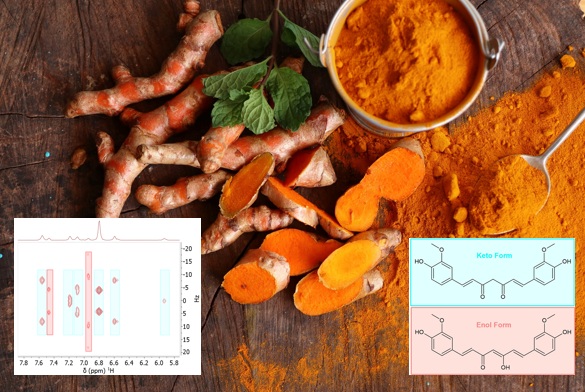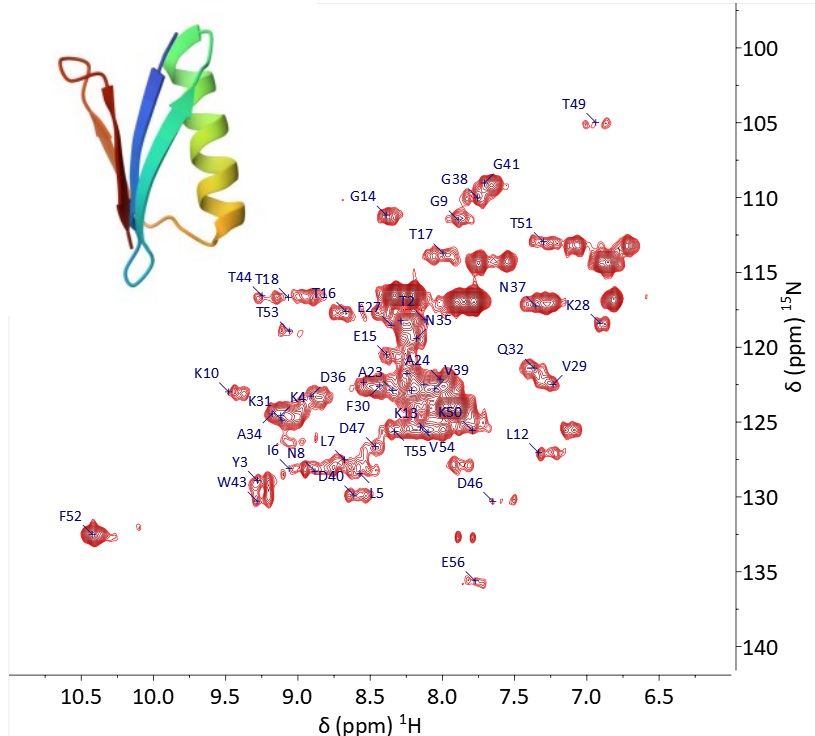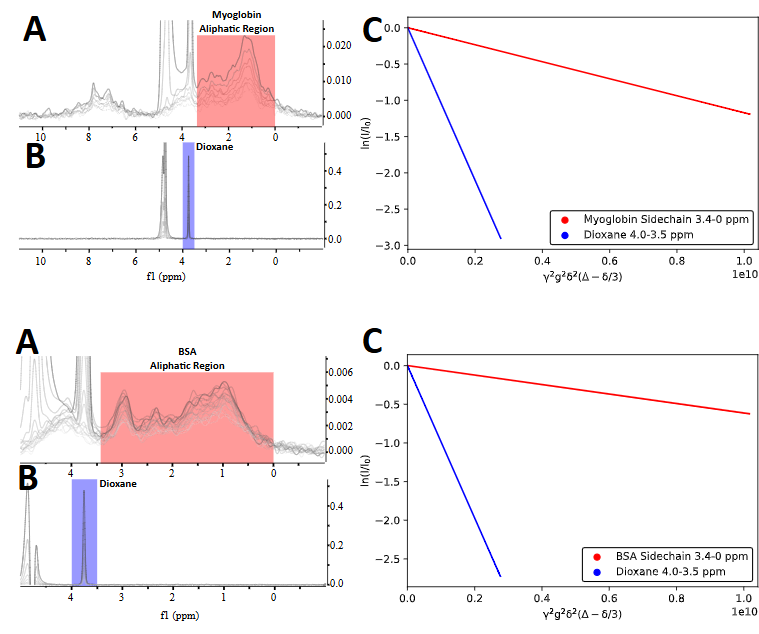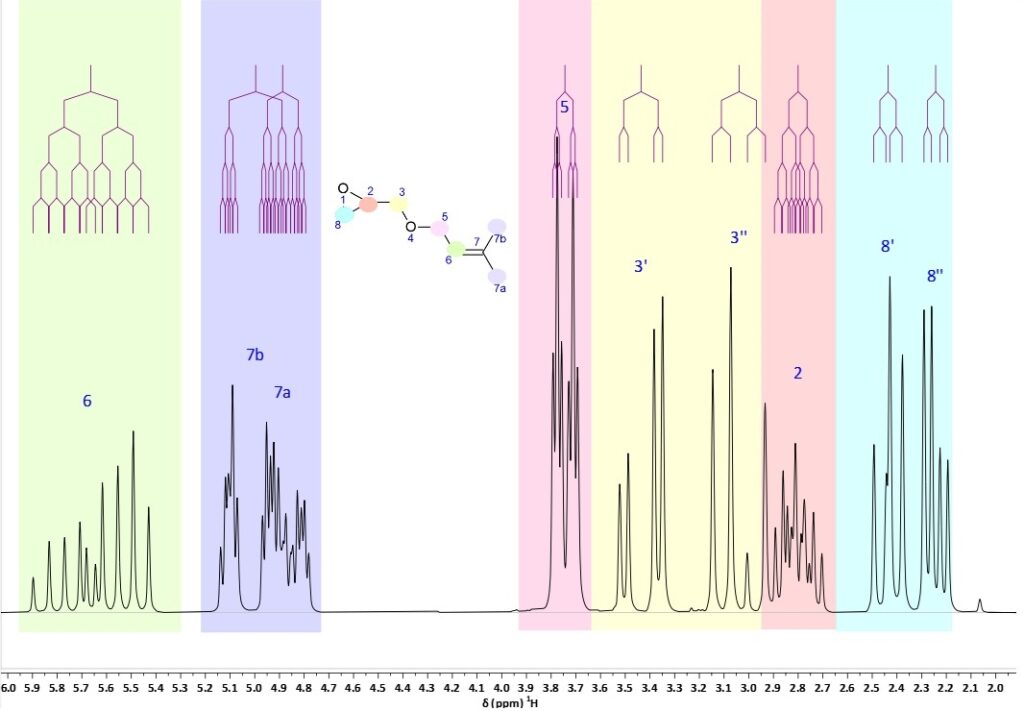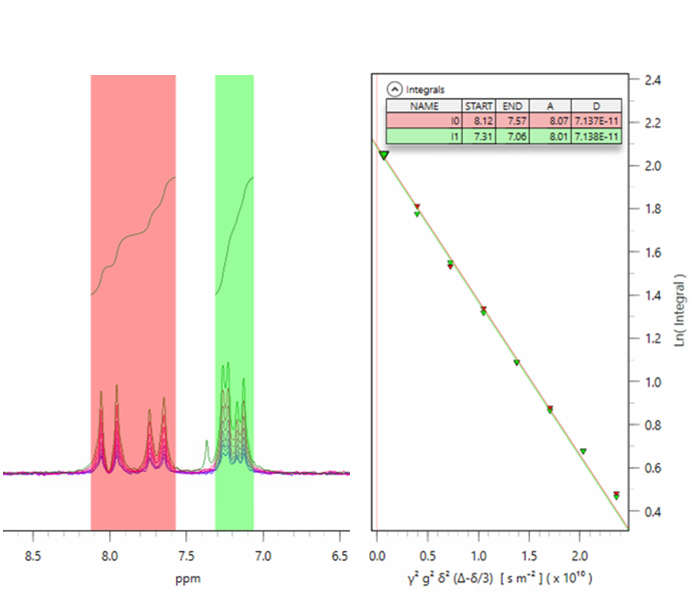Spectrum of the Month: 1H J-res of Curcumin
Curcumin is a bright yellow polyphenolic compound produced by the turmeric (Curcuma longa) plant, a member of the ginger family, which has varied applications, such as an antioxidant, a natural dye or colouring and flavouring agent. The molecule exists in an equilibrium of keto and enol form (Figure 1), with the former preferred in water …
